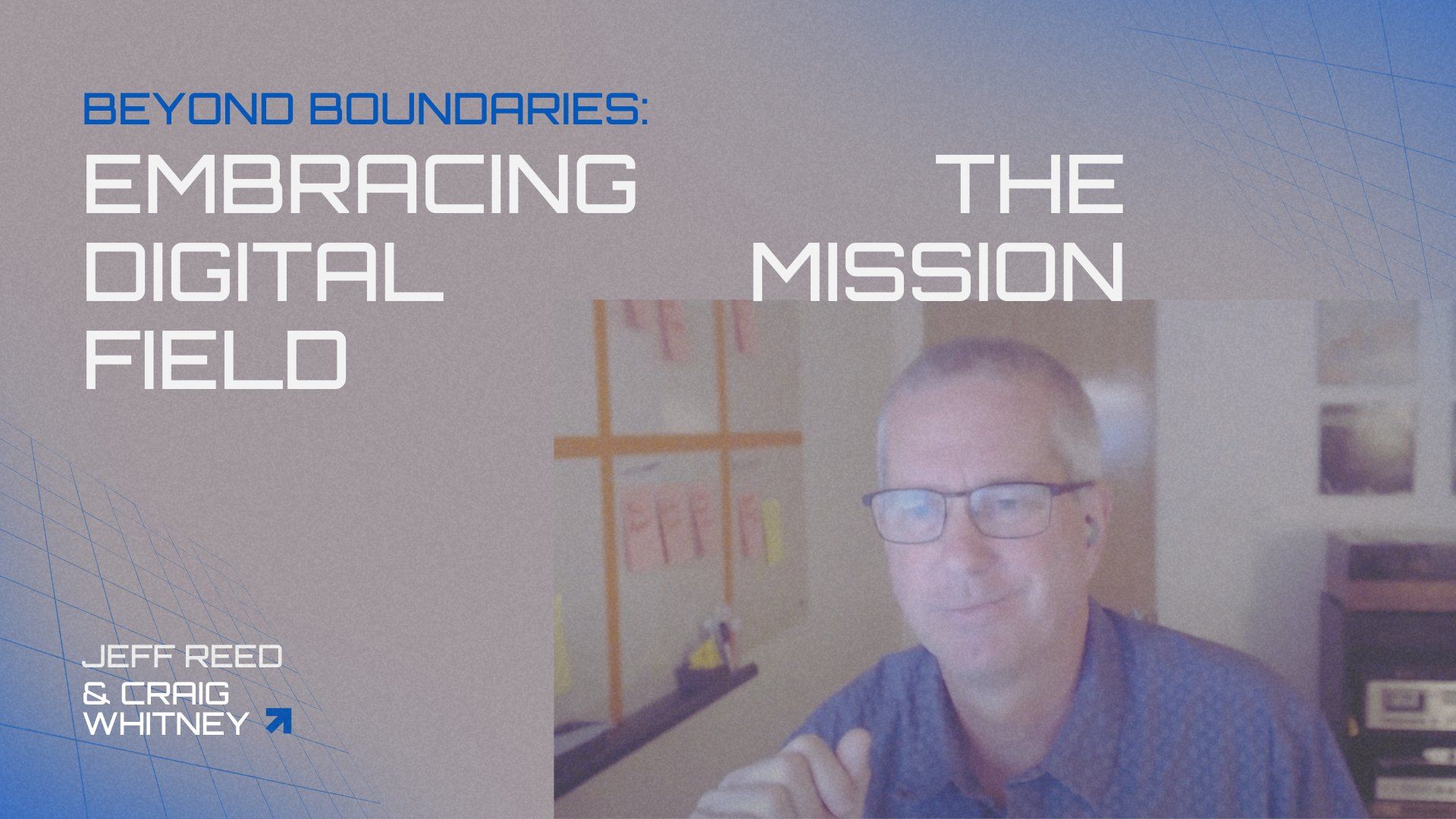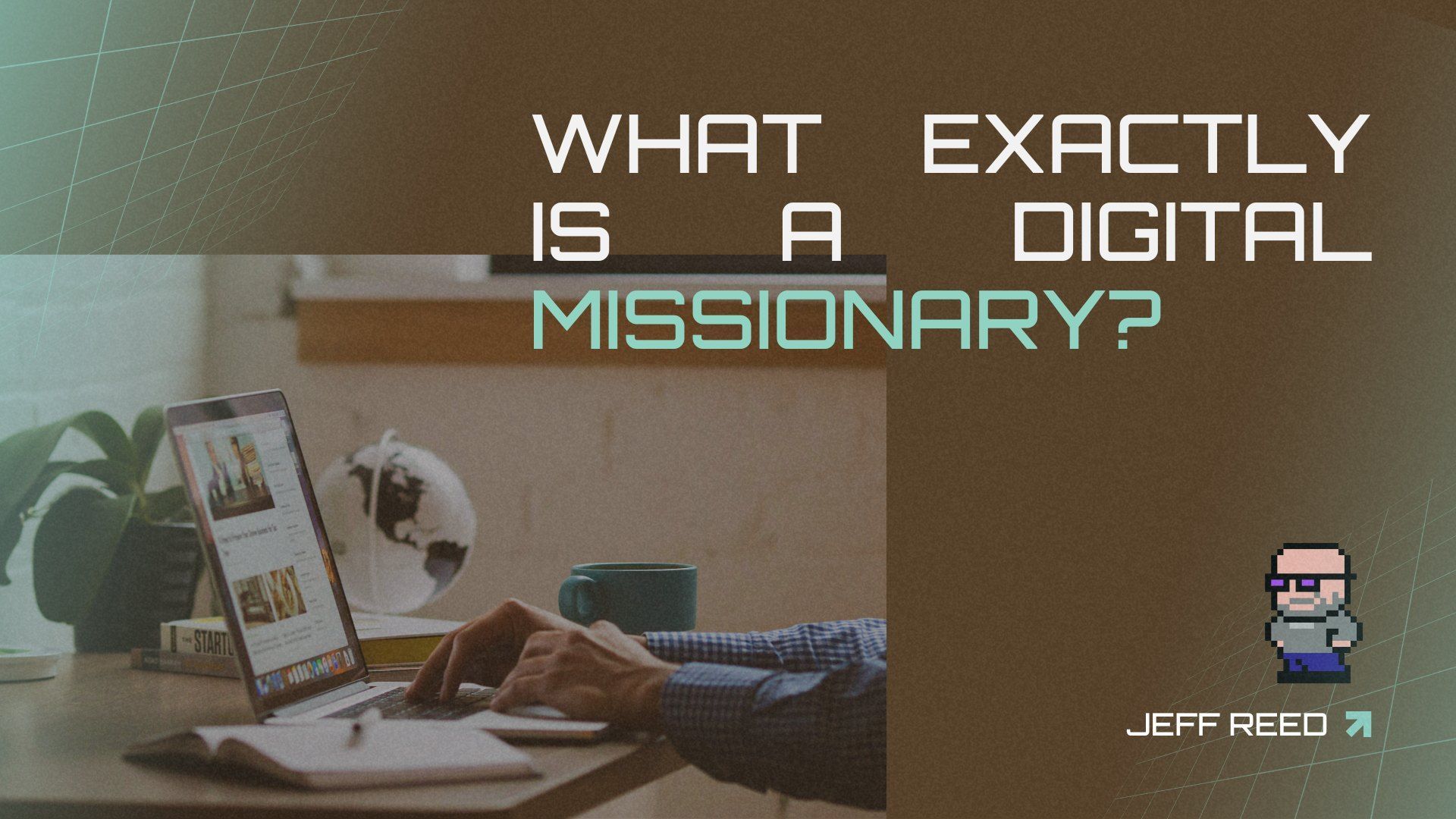Why Your Church Website Needs An Overhaul
That’s all we got to capture attention on our websites… and we mostly fail.
Why is it that organizations, responsible for sharing the most amazing massage on the planet, consistently face plant at communicating that message?
It’s because they aren’t students of psychology.
Every human on the planet makes decisions about how to spend their attention, and when we don’t understand and follow the rules of how to earn it, we lose the ability to help someone in their story.
The ugly truth about us humans is this: We only pay attention to things that solve a problem or give us pleasure.
That’s it.
With this in mind, It might be time to rethink your website.
Unfortunately, most church websites usually don’t solve our problems or add to our pleasure. Hence, the 15 seconds before we bounce off your site and on to someone else’s.
I say bounce because it’s an analytical term. It’s important to know and understand your "bounce rate."
“A bounce is a single-page session on your site. In Analytics, a bounce is calculated specifically as a session that triggers only a single request to the Analytics server, such as when a user opens a single page on your site and then exits without triggering any other requests to the Analytics server during that session. Bounce rate is single-page sessions divided by all sessions or the percentage of all sessions on your site in which users viewed only a single page and triggered only a single request to the Analytics server.”
Ok. Maybe this jargon is too technical. If you’re a nerd and you want to read more, then click here.
The rest of you sane people, you just want to know what a high bounce rate means for your site and how to improve it.
Simply put: A high bounce right most likely means people either don’t feel like you solve their problem or add to their pleasure— you might be vanilla (I don’t like the word boring— anyone who knows you knows that you aren’t boring).
So, how do we improve your bounce rate?
Well, I’m glad you asked!
Here are three things you can stop doing (and three you can start) today to improve your bounce rate:
1. Stop Telling People “Welcome Home.”
The Human psyche needs a process to create an attachment to anyone new. Think of your first romantic relationship— something made you notice your future significant other, and immediately you grew curious. Seth Godin calls this moment of noticing and the curiosity that ensues, being remarkable. It is about living your uniqueness in front of others. So, let your freak flag fly—or your refined theological palate, whatever is uniquely you. But, Curiosity is only the first step. Enlightenment is the second. This is like the first date. We must learn about the person. After a period of learning, it’s time for a commitment.
Have you ever asked someone to marry you on the first date? No? What not? Because that person will think you are nuts. If you want to marry them, even if it’s on the first date, you intuitively knew that if you want a second date you better wait until they have enough enlightenment to say yes to that answer.
We get into trouble when we inadvertently ask for commitment before the moment of curiosity or the process of enlightenment runs its course.
Saying Welcome Home before they know who you are is like asking your crush to marry you in Vegas on the first date--right now.
So what can we do instead?
Well, believe it or not, Jesus had a great answer for us: Jesus opened a story loop for Peter, “Follow Me and I will make you Fishers of Men.”
Jesus invited them into a story by opening with the Payoff. He created Curiosity.
Jesus knew the story He was calling them into, He understood his audience and He actually had an elevator pitch. Becoming a fisher of men wouldn’t have worked on me nor on Nathaniel, but it sure worked on Peter. That means Jesus knew his message well enough to craft it for his target audience.
You must know your message, the missionary audience you are reaching out to, and the story you are calling them into well enough to understand its payoffs— then you must convey that to those people.
Jesus knew his message well enough to craft it for his target audience.
2. Don’t Info-Vomit.
Contrary to popular belief, websites are not for Information overload. Yet, this is where most churches live: Look at us, Listen to us, watch us, Here is our pastor, serve with us… the list goes on. These things are important, but on the website— the front door of your organization to the outside world— it actually hurts you.
You must share your message, beginning with the payoff if they take the Journey with you.
The Journey (your message) is what you will need to carefully explain in the rest of the website with a clear process on how to accomplish the transformation that will occur by entering the story you are inviting them into. Here is a basic example of our church’s message:
We Want You To Live Life To The Fullest!
But sometimes life seems like an exercise in futility. Experiencing pain and monotony often makes us feel as if Life is playing a cruel joke. What's worse, no matter our accomplishments or notoriety, emptiness and anxiety gnaw at our souls. No one deserves to feel insignificant or that their life is meaningless. You don't have to feel the unrelenting grip of Futility. You were made for more! KingCity is a faith community that helps you Discover the meaning and Live your purpose
After this message, invite them into a process that will end in the payoff (ours is: live life to its fullest). What is your process— It can be different for every church— the point is that it needs to be clear (distilled into THREE Steps) and it needs to be effective (you are telling them this process will give them a payoff)
The point is you shouldn’t just use your site (specifically your front page) as a bulletin board. You should use it as an invitation to transformation.
You shouldn’t just use your site as a bulletin board. You should use it as an invitation to transformation.
3. Get rid of the Give Button.
Let me ask you a question:
If the main call to action for a new person on your website is the "Give" button, what are you communicating to that new person?
For some of us we have gotten beyond the "Give" button: it’s now a “watch our messages” button. For others, it’s “plan a visit.”
None of these are bad, but are they conveying the right call to action to the proper audience?
Probably not.
In 2022, you have a lot more enlightenment to do to get them to give you their hard-earned cash or to step into your building, or even watch a 25-minute sermon.
Your first call to action should be a direct next step into your process.
And, Honestly, If your direct next step into the process is any of the above, then you need to rethink your process.
So what is your next step from Website view to Step 1 into your Process?
That is the only button they should readily see on your front page… everything else can be in the footer or in a hamburger menu on your site.
Websites are about Converting Community Outsiders into People Of Peace
We need to understand how churches can use their digital infrastructure to better accomplish Jesus’ Mission. I believe front-facing websites are a great tool to discern the People of Peace for our communities. However, we must learn how to use them in a way that will help us accomplish the mission rather than use them as static bulletin boards for people inside our organization.
The way we use our digital infrastructure must change to reflect how a 21st Century world relates and communicates with each other. These Three shifts can begin to help us accomplish that task.
What do you think? Share your ideas on Discord or on social media.
Through the.Church.digital, we are helping physical and digital churches better understand the discipleship process, and helping churches and church planters understand this and other decentralized mindset shifts. By taking this quick assessment we can get you connect with a coach, resources and more. Also, check out our Discord Group where we are encouraging people daily.
























